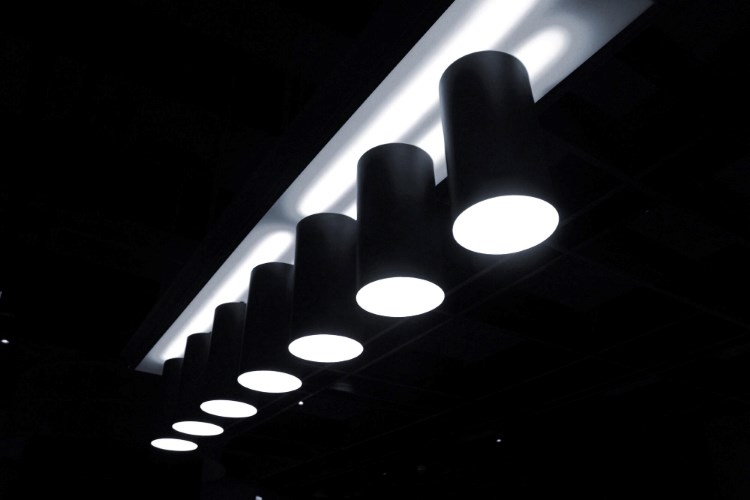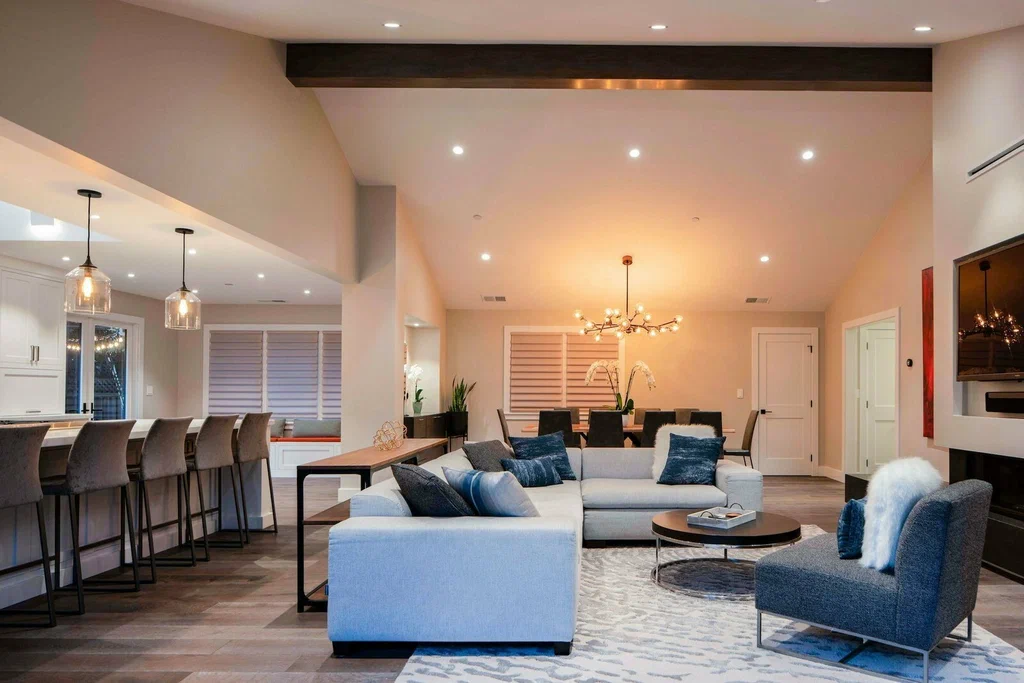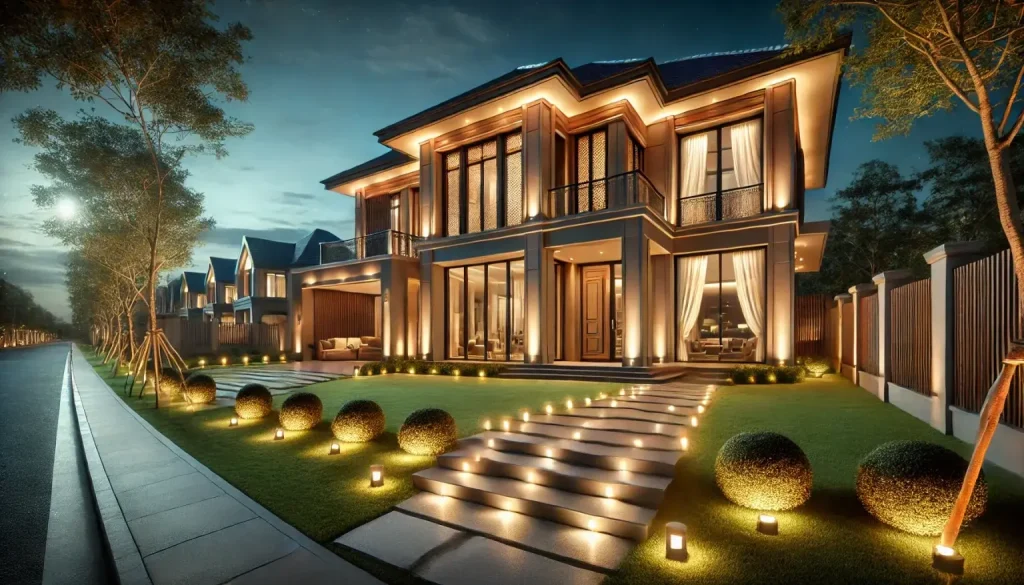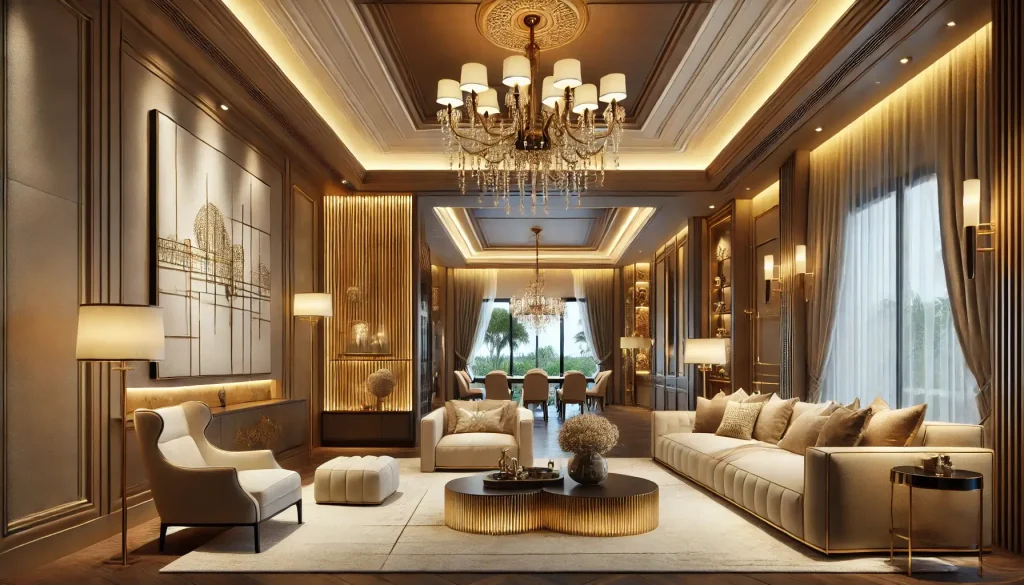Lighting is much more than flipping a switch. A well-executed lighting design can transform a home, enhance its aesthetic appeal, and increase its functionality. Whether you’re a homeowner, an interior designer, or an architect, understanding the value of professional lighting design is key to creating beautiful, livable spaces. Below, we’ll explore 15+ detailed benefits of professional lighting design with in-depth explanations and impactful statistics to illuminate its importance.
1. Enhances Aesthetic Appeal
Professional lighting adds depth and dimension to any space. By strategically positioning light sources, designers can highlight architectural features, artwork, and decor. For example, wall sconces can emphasize textured walls, while recessed lights accentuate ornamental ceilings. According to a 2022 study, 74% of interior designers believe lighting can single-handedly improve the overall appeal of a home.
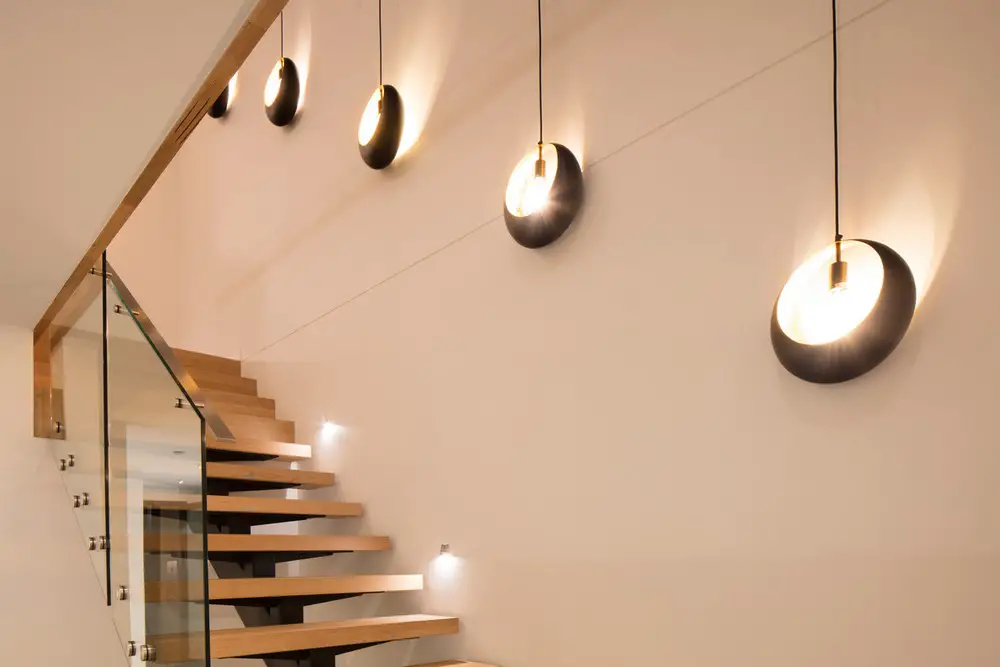
2. Creates Atmosphere and Mood
Lighting significantly impacts the mood of a space. Warm lighting creates a cozy, relaxed ambiance perfect for bedrooms and living rooms, while cooler tones energize and focus occupants in kitchens or home offices. Philips global research reports that lighting’s warmth and intensity can affect emotional well-being by up to 70%.
3. Improves Functionality
Every room in a home serves a specific purpose, and lighting should match its functionality. Task lighting, such as LED strips under kitchen cabinets, can enhance workspace visibility, reducing accidents during food preparation. Similarly, layered lighting in home offices boosts productivity by reducing eye strain.
4. Tailors Lighting to Unique Needs
One size does not fit all when it comes to lighting. Professional lighting designers evaluate your lifestyle, needs, and preferences to create a lighting plan customized for you. This personalized touch ensures beauty and usability are seamlessly integrated.
5. Supports Energy Efficiency
Modern lighting design involves incorporating energy-efficient solutions such as LEDs and smart lighting controls. LEDs use up to 75% less energy than traditional incandescents and last 25 times longer, significantly reducing electricity bills. Automated lighting systems further enhance efficiency by turning lights off when not in use.
6. Highlights Architectural Features
Professional lighting design draws attention to key architectural elements such as high ceilings, exposed beams, or intricate moldings. Techniques like uplighting and downlighting can transform these features into statement pieces that elevate your home’s aesthetic appeal.
7. Improves Home Safety and Security
Lighting plays a critical role in ensuring the safety and security of your home. Motion-sensor outdoor lighting is particularly effective at deterring intruders, as sudden illumination can startle and discourage unwanted visitors. Additionally, properly lit pathways, driveways, and entryways reduce the risk of trips and falls, especially in the evening or during bad weather.
A study by the U.S. Department of Energy highlights that well-lit exteriors can reduce nighttime crime rates by up to 39%, making it a worthwhile investment for homeowners prioritizing safety.
8. Optimizes Space Perception
Strategic lighting placement can transform how a space is perceived, making small rooms feel larger or creating a feeling of warmth and intimacy in more expansive areas. For example, using corner lighting combined with mirrors can reflect light and create an illusion of a wider, more open area, ideal for apartments or compact living spaces. In larger rooms, layering different types of lighting—such as pendant lights, floor lamps, and dimmers—can create a cozy atmosphere while maintaining functionality.
9. Adds Value to a Home
Investing in professional lighting design can significantly enhance a home’s appeal to potential buyers. Thoughtfully designed lighting not only improves the aesthetics of a space but also highlights architectural features and creates a welcoming ambiance. According to a 2021 Zillow report, homes equipped with modern, energy-efficient lighting systems sold for 1%-3% more than properties lacking such upgrades. This makes lighting an investment that not only improves your living environment but also increases the resale value of your property, offering long-term benefits.
10. Supports Health and Well-being
Natural daylight simulation in homes, achieved through tunable white light, supports the body’s circadian rhythm, improving sleep and overall well-being. Poor lighting has been linked to eye strain, fatigue, and even seasonal affective disorder. With professional guidance, you can incorporate lighting solutions that prioritize well-being.
11. Simplifies Lighting Control with Technology
From dimmers to color-changing smart bulbs, professional lighting design often integrates advanced controls to help you customize your lighting with ease. Smart systems, like those from Lutron or Philips Hue, allow homeowners to manage lighting via apps or voice commands, offering convenience and precision.
12. Encourages Sustainability
Green living is becoming increasingly important to homeowners and designers. Professional lighting designers choose sustainable materials and low-power fixtures that meet environmental standards, reducing the home’s overall carbon footprint.
13. Boosts Productivity
Lighting temperatures and brightness levels directly impact focus and productivity. A study by the University of Twente found that proper lighting boosts performance by up to 16% and reduces errors by 12%. This is particularly important for home offices or study spaces.
14. Reduces Utility Costs
Although the initial investment in professional lighting might be higher, the long-term energy savings pay off. Using LED lights and programmed controls can cut energy consumption by nearly 30% annually, easing the financial burden of electricity bills.
15. Creates Versatility with Layered Lighting
Layered lighting combines ambient, task, and accent lights to cater to varying needs and activities. Professional designers know the art of layering, ensuring a space seamlessly transitions from functional to decorative to relaxing.
16. Elevates Entertainment Spaces
Lighting design transforms how you experience your entertainment areas. Integrated dimmers and zone-specific lighting fixtures amplify the ambiance of home theaters, dining areas, or outdoor decks, making gatherings more enjoyable.
17. Encourages Community Connection
Professional lighting design fosters a sense of belonging and connection in shared spaces. Think well-lit gardens or engaging kitchens where families can bond day or night.
18. Lasting Quality and Durability
With designers selecting high-quality fixtures and materials, a professional lighting design ensures durability. These solutions maintain their aesthetic and functionality for years, reducing maintenance and replacement costs.
19. Strengthens Brand and Style Identity
For architects and interior designers, lighting choices can serve as a signature for your projects. A professionally designed lighting plan becomes a centerpiece that showcases your style and expertise to clients.
20. Supports Emotional Experiences in Homes
Lighting does more than illuminate; it evokes feelings. A soft glow creates a romantic or restful ambiance for an evening, while brighter lights energize a busy morning. Homes with expertly designed lighting create emotional depth and resonance.
FAQs
What are the benefits of professional lighting design?
Professional lighting design offers numerous benefits, including enhanced aesthetics, improved energy efficiency, and optimal lighting solutions tailored to your specific needs. A well-designed lighting system can transform residential and commercial spaces, creating inviting environments.
Why is it important to hire a professional lighting designer?
Hiring a professional lighting designer ensures that your lighting project is executed effectively. They have the expertise to develop a comprehensive lighting plan that considers energy consumption, task lighting, and the overall atmosphere of your space, ultimately providing long-term benefits.
How can professional lighting improve energy efficiency?
Professional lighting design services often incorporate energy-efficient lighting options and smart lighting controls. This can lead to significant cost savings by reducing energy consumption while still delivering perfect lighting for your needs.
What should I consider when choosing a professional lighting designer?
When choosing a professional lighting designer, consider their experience, portfolio, and understanding of both residential and commercial lighting needs. It’s also beneficial to discuss your specific lighting requirements to ensure they can provide a customized lighting solution.
What types of lighting fixtures are recommended for outdoor lighting?
For outdoor lighting, consider fixtures that offer durability and energy efficiency. Options include LED lights, smart lighting systems, and fixtures designed for ambient lighting that enhance the aesthetics of your outdoor space while ensuring safety.
What is the value of investing in professional lighting design services?
Investing in professional lighting design services can significantly enhance the functionality and visual appeal of your spaces. Proper lighting not only improves mood and productivity but also adds value to your property.
How can lighting control systems benefit my space?
Lighting control systems allow for customized lighting experiences, enabling you to adjust brightness and color temperature according to your needs. This flexibility contributes to energy savings and enhances the overall atmosphere of your environment.
Closing Thoughts
Professional lighting design is an art that blends creativity with functionality. It’s more than merely brightening spaces; it transforms them, ensuring they are efficient, secure, and emotionally impactful. Whether you’re revamping a single room or designing an entire home from the ground up, professional lighting design guarantees a result that’s worth the investment.
Want expert assistance in crafting the perfect lighting solution? Reach out to our design team today and create the home of your dreams with light!

